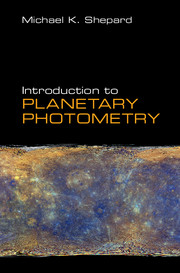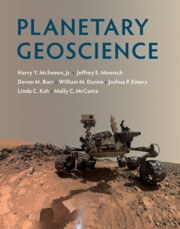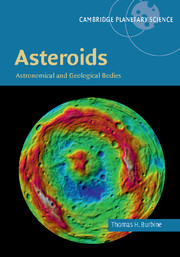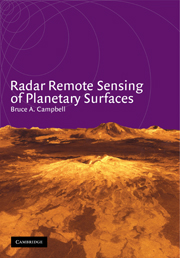Introduction to Planetary Photometry
Introducing planetary photometry as a quantitative remote sensing tool, this handbook demonstrates how reflected light can be measured and used to investigate the physical properties of bodies in our Solar System. The author explains how data gathered from telescopes and spacecraft are processed and used to infer properties such as the size, shape, albedo, and composition of celestial objects including planets, moons, asteroids, and comets. Beginning with an overview of the history and background theory of photometry, later chapters delve into the physical principles behind commonly used photometric models and the mechanics of observation, data reduction, and analysis. Real-world examples, problems, and case studies are included, all at an introductory level suitable for new graduate students, planetary scientists, amateur astronomers and researchers looking for an overview of this field.
- An introductory text on planetary photometry, providing an accessible overview of the field and a foundation for more advanced texts
- Assumes little specific background knowledge, providing readers new to the field with the knowledge and tools they need to use this technique in practice
- Many concepts and equations are derived from first principles, promoting a deeper understanding of the theory of planetary photometry
Product details
No date availableAdobe eBook Reader
9781108180382
0 pages
0kg
69 b/w illus. 8 tables 40 exercises
Table of Contents
- Preface
- 1. A brief history of planetary photometry
- 2. Photometry conventions, terminology, and standards
- 3. The mechanics of planetary observing
- 4. The physical basis of photometric scattering models
- 5. Planetary reflectance and basic scattering laws
- 6. Planetary disk-integrated photometry
- 7. Planetary disk-resolved photometry
- References
- Index.









